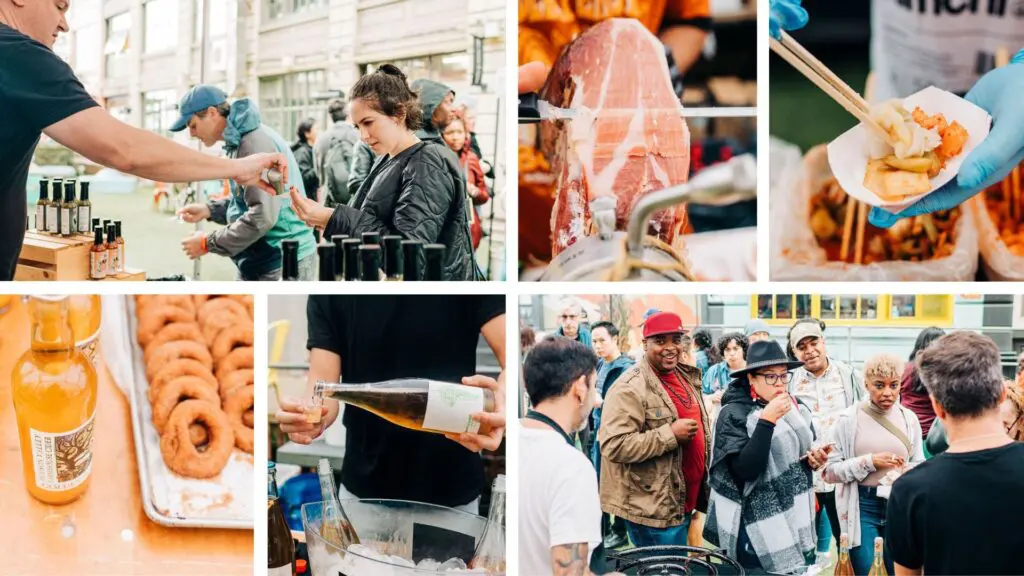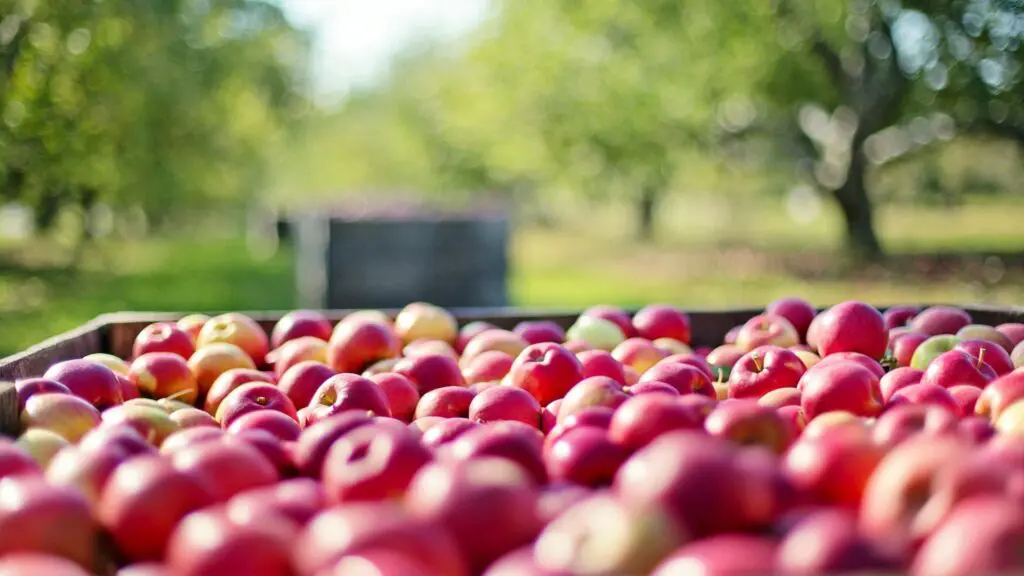The cider world is growing exponentially every year thanks to new producers emerging across North America and bars and restaurants adopting cider as part, or even the core, of their beverage programs. But how does the consumer feel about this? I served as beverage manager at Wassail in New York City’s Lower East Side from its opening in winter 2015 until mid-2017. During my time there I got a frontline perspective on an exciting, newly burgeoning cider conversation.
What do people talk about when they talk about cider? Everything. Guests want to sample many of the ciders, they are curious, but with a rocky foundation, and the choices are often overwhelming. To lessen the stress at Wassail, we added details about the cider, such as the variety or a humorous tasting note about it. The idea was to hint at an impression of the cider rather than exact details. While we addressed sweetness and other characteristics, I wanted to move the dialogue toward the flavors, perceptions and personalities of the cider in the glass as well as the faces and places behind them.
Talking about organic Golden Russets in New York’s Finger Lakes or feral apples from Oregon is much more exciting and engaging than conversations about sweetness levels. At the end of the day, beverage drinkers are immensely intrigued by cider.
In general, people are not sure what to expect with cider, not only in terms of sweetness and bitterness, but also its complexity, consistencies and possibilities. The same words appear on menus or retail selections over and over again: “farmhouse,” “dry,” “session,” “sidra-style” and so on, often with a context the drinker doesn’t understand. These words work to better contextualize the cider from the producers but do not aid in the comprehension of cider by the consumer. A look at “semi-dry” cider reveals a variation from producer to producer. Managing these expectations will be key to building a healthy cider market in the future.
The early American wine industry faced similar issues when initially connecting with consumers. Post-Prohibition wineries labeled their wines with generic names derived from European wines. A California Chablis would be light and dry, while a California Sauternes would be richer and sweet, even though neither wines would be made from Chardonnay or Sauvignon Blanc/Sémillon, respectively.
Instead, the wines would usually come from the same Central Valley Colombard grape variety, where it’d be sweetened and chaptalized to different levels. The issue was that there was no real stylistic consistency between producers, and these wines bore little resemblance to their Old World inspirations.
Wine was not a part of the daily routine for most Americans and the lack of understanding the product was not helping. New York wine merchant Frank Schoonmaker recognized the misunderstanding of expectations between producers and consumers, and in 1930s, encouraged his California suppliers to begin labeling their wines with the grape variety. Putting the variety on the bottle gave Schoonmaker’s customers something to connect with and learn from. Soon enough, they were willing to try Alicante Bouschet or Chenin Blanc from multiple producers with some level of expectation of what was going to be in each glass.
Wines made from grapes like Thompson Seedling and Concord fell out of favor, while better winemaking varieties became more popular. When people started making serious wine in Napa and Sonoma counties in the 1960s and ‘70s, the market was ready.
While I do not think the cider industry should copy this exact model, we can learn from its successes. Creating normative language and expectations empowers consumers with knowledge and gives them confidence when selecting a cider. Building this language will allow ciders to operate within contexts benefiting of the product, rather than defaulting to a generic cider category. With this, we can slowly begin talking about farming, apples and site selection, rather than just surface-level sweetness. With this context, we can then talk about the great diversity that exists within cider and build a healthier, smarter consumer market for great cider to thrive in.
This op-ed piece ran in Vol. 10 of Cidercraft magazine. For the full story and more like it, click here.









